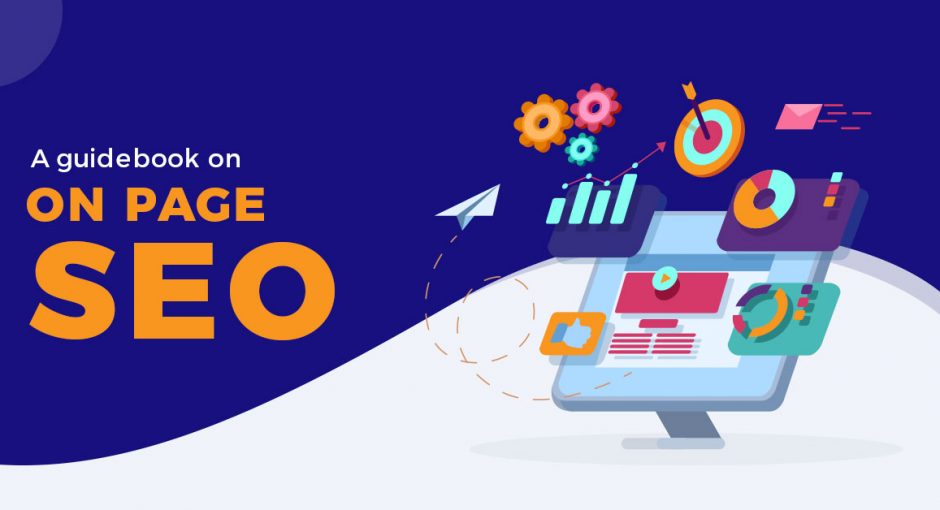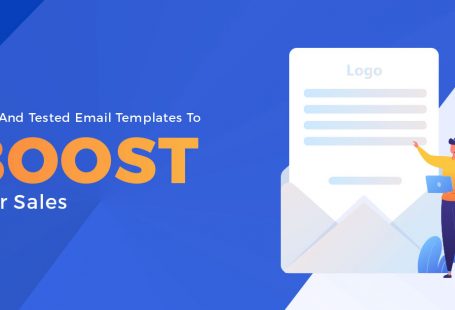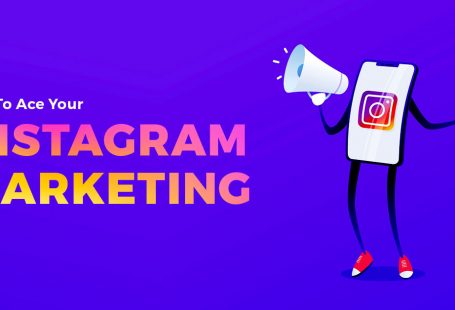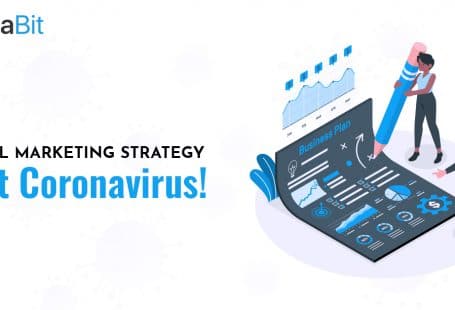There is a reason why people hire a dedicated team for their on-page and off-page SEO.
Who doesn’t want to pull free internet traffic to their website?
But for that, your SEO strategy needs to be impeccable, covering all the basics. In this write-up, we will be focussing on On-page SEO activities that you can do to boost your website’s SEO score.
What is On-Page SEO?
As the name suggests, On-page SEO is about optimizing the on-page elements of your website, to make it more “Google Bot friendly”.
And what are those on-page elements?
Blog, webpages, site structure, meta tags, headline tags, to name a few.
So here are some of the hacks to have an impeccable On-page SEO:
1. Discover the focus keyword that defines your business
SEO is a long journey.
SEO is a long term strategy.
If you think you can get a top spot on the SERPs overnight, then you better forget about it. The thing is, you can rank any keyword under the sun, but that keyword should reflect the core of your business.
Usually, people pick a hot keyword which is related to their industry and expect a lot of traffic from it. But they fail to pick a keyword which encapsulates the USP of their business. So even if they get the topmost rank on Google, they fail to pull relevant users towards their website.
Therefore, it’s better to go back to the drawing board and zero in on your USP first. Once you do that, you can summarize your USP in “keyword phrase”.
Just think about articulating your USP in front of a five-year-old. If you can do this, it will be easier for you to summarize.
Let’s take the example of Moz. They have a well defined USP, ie, SEO software. For this particular phrase, there is not much competition, therefore, it’s much easier to rank for it, rather than for something like “SEO”.
So the first step of your SEO strategy is to find a core term that aptly describes your business. The next step is to use this core term in your home page title tag and H1 heading. Just remember not to clutter either of them with more keywords.
2. Avoid using the same keywords on different pages
Architecting a website is a serious business. Every page needs to be relevant, organized, and rightly branched into categories and subject matter if needed. Moreover, every page should have a different “focus keyphrase”, so that your SEO traffic becomes more diverse.
In case your website is small, you don’t even need to branch it into categories. You can do with a flat architecture if your website has less than 50 pages.
We have mentioned about having different “focus keyphrase” for each page. This is what we mean:
When determining the “focus keyphrase” for your homepage, try to use a word or phrase that reflects your USP.
Determining the “focus keyphrase” for your product or service page is easier. You just need to think of a phrase or word that can summarize those pages.
When it comes to About page, you can use the founder’s name as “focus keyphrase”.
Now, once you are done with your content, you may find some of the keywords getting repeated. If that’s the case, then you may get trapped into “keyword cannibalization”.
In other words, you knowingly or unknowingly optimize multiple webpages for the same keyword. It may look innocuous to you, but it actually confuses the search engine bot. The bot is unable to determine which page is more relevant for the given keyword.
So eventually, the keyword isn’t able to pull the required traffic.
3. Internal Linking
If you are a regular user of Wikipedia, then you would understand what internal linking is. The intent of Wikipedia is to keep you there, as long as it can, by directing you from one page to another, and it does it through interlinking.
This is a tried and tested way to crank up your Google ranking.
But how you do it?
For example, if you have written a blog on “The philosophy of product development”, then it makes a lot of sense to link your “What We Do” page with it. You can choose a relevant text in your blog and put a link on it.
Similarly, you can mention one of your services in your write-up and then link it to your Services page.
Interlinking can boost the SEO power of a website. You can direct Google bot from your to important pages of your website. In a way, you can create a content funnel, to ensure that the bot remains on your website for the maximum amount of time.
That being said, don’t spam your write-ups with links, as search engines always keep an eye on spammy content. It can greatly hurt your SEO campaign. So keep your internal linking as organic as possible.
4. Taking care of the duplicate content
If your website likes to create different URLs with the same content on them, well then you have a problem on your hands.
To maintain and manage their websites, people use content management systems like WordPress or Drupal. But the catch is, these systems create duplicate content at times, and it’s not very easy to spot such content.
Google webmaster tools can help you discover the duplicate content on your website, via their duplicate title tag and meta description warnings.
There are other ways as well.
You can use http://www.xml-sitemaps.com/ and create a sitemap for your website.
The sitemap can show you every single URL of your website. You can check those URLs to see whether they carry any duplicate content or not.
To make sure that duplicate content is not generated, you can place the canonical tag in the head of a page which has a duplicate version. It will tell the search engine bot to ignore the duplicate version of that page.
It’s a tried and tested way to deal with the issue of duplicate content.
You can also place a “ No Index” meta tag into the head of the duplicate content, or block the duplicate content in the robots.txt file of your website.
5. The use of NoFollow tag
To understand the “No Follow” tag, you need to understand what Link Juice is.
Whenever you link to another webpage, you boost the page’s SEO, though not much, still, it’s considerable.
By doing that, you actually share the Link Juice of your page with another. You can use the NoFollow tag if you don’t want to pass your Link Juice to another page.
But why won’t you like to pass your Link Juice?
At times, you may link you to a website that is spammy and doesn’t have a good reputation. This can dent the credibility of your own website. So if that’s the case, you can stop sharing your Link Juice with that website by using a NoFollow tag.
The tag is generally used to stop people from spam the comment section of a webpage with irrelevant links. This was the reason why this tag was invented. But later, people started using it to regulate the flow of Link Juice on their website, by letting the bot crawl only the important pages of your website or the business end of your website.
The idea is to share Link Juice with important pages of a website, pages that carry the “focus keyphrase”.
There is a lot more to cover in On-page SEO. We will do that in the upcoming write-ups. Keep following our blog if you want to learn more about On-page SEO. You can also follow our Facebook and Linkedin page as well. We post our write-ups there as well.







